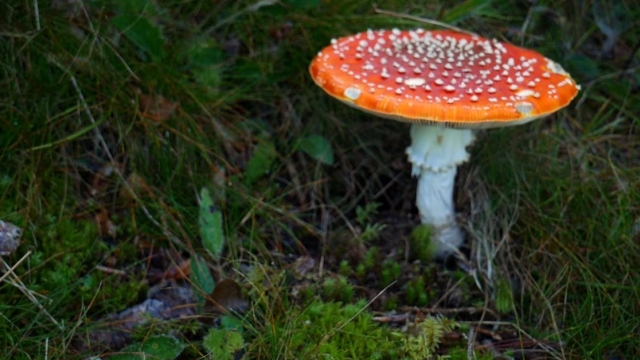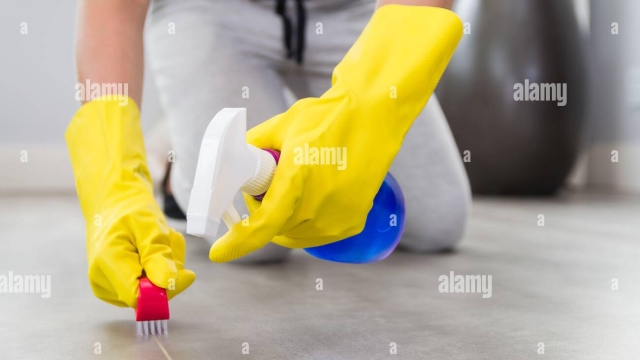From Spores to Shrooms: The Art of Mushroom Cultivation

Mushroom growing is an intriguing and rewarding practice that has gained popularity among gardening enthusiasts and food lovers alike. Whether you’re looking to embark on a new hobby or simply want to enjoy the satisfaction of cultivating your own edible fungi, the art of mushroom cultivation offers a unique and fascinating experience.
With its roots in ancient agricultural practices, mushroom growing has evolved into a modern endeavor that combines science, patience, and a touch of creativity. As you dive into the world of mushroom cultivation, you’ll discover a captivating process that involves understanding the life cycle of fungi, creating the optimal growing environment, and mastering various cultivation techniques.
The journey begins with spores, which serve as the starting point for mushroom growth. These microscopic particles, akin to plant seeds, contain the genetic material that determines the characteristics of the mushrooms you’ll eventually harvest. By carefully selecting the type of spores and the species of mushrooms you wish to grow, you can embark on a fascinating exploration of different textures, flavors, and colors.
The art of mushroom cultivation goes beyond simply planting spores; it requires creating the perfect conditions for their development. This involves providing the right environment in terms of temperature, humidity, light, and airflow. Whether you choose to grow mushrooms indoors or in an outdoor space, each step of the process must be thoughtfully considered to ensure the best possible outcome.
In the chapters that lie ahead, we will delve into the intricacies of mushroom growing, exploring various cultivation methods, including agar culture, grain spawn, and fruiting substrate preparation. We will uncover the secrets behind successful mushroom cultivation and share expert advice on troubleshooting common challenges that may arise along the way.
So join us on this captivating journey, as we unravel the art of mushroom cultivation, from spores to shrooms, and transform your curiosity into a bountiful harvest of delectable fungi.
Choosing the Right Mushroom Strain
When it comes to venturing into the world of mushroom cultivation, selecting the right mushroom strain is of utmost importance. Different strains possess unique characteristics and requirements, determining the success and yield of your cultivation efforts.
-
Consider your Growing Environment: Assess your growing environment thoroughly to choose a mushroom strain that thrives in the conditions you can provide. Factors such as temperature, humidity, and light availability play a significant role in the growth of mushrooms. For instance, some strains prefer cooler temperatures, while others thrive in warmer settings. Researching and understanding the specific needs of each strain will enable you to make an informed decision.
-
Identify Your Goals: Before choosing a mushroom strain, it is essential to define your goals as a cultivator. Are you looking for a strain that yields large quantities? Or perhaps you are more interested in unique flavors and textures? By identifying your objectives, you can narrow down your options and find the strain best suited for your specific needs and preferences.
-
Consider Cultivation Difficulty: Mushroom cultivation varies in terms of difficulty, with some strains being more beginner-friendly than others. If you are new to mushroom cultivation, it is advisable to start with strains that are known for their resilience and ease of cultivation. As you gain experience, you can gradually experiment with more challenging strains. Remember, cultivating mushrooms requires attention to detail and proper care, so starting with an appropriate strain can greatly increase your chances of success.
Remember, the world of mushroom growing is vast and diverse, offering an array of strains with distinctive characteristics. By carefully selecting the right mushroom strain for your cultivation project, you lay a solid foundation for a fruitful and rewarding experience.
The Basics of Mushroom Cultivation
Mushroom cultivation, also known as mushroom growing, is a fascinating process that allows enthusiasts to grow their own mushrooms at home. Whether you are interested in cultivating edible mushrooms for culinary purposes or growing exotic varieties for medicinal or decorative purposes, the art of mushroom cultivation offers endless opportunities for exploration and discovery.
To get started with mushroom growing, you will need a few key components: a growing medium, mushroom spawn, and controlled environmental conditions. The growing medium serves as the substrate on which the mushrooms will thrive, providing them with the necessary nutrients to grow. Common growing mediums include various types of compost, straw, wood chips, or even sawdust.
Next, you will need mushroom spawn, which is essentially the mycelium of the desired mushroom species. Mycelium is the vegetative part of the fungus that eventually produces the mushrooms. The spawn acts as the "seed" for mushroom cultivation, and it is usually purchased from specialized suppliers. Mushroom spawn can come in different forms, such as grain spawn or sawdust spawn, depending on the species being cultivated.
Lastly, creating the right environmental conditions is crucial for successful mushroom cultivation. Typically, this involves maintaining specific temperature, humidity, and light levels. These conditions can vary depending on the mushroom species being cultivated, so it is important to research and understand the specific requirements of your chosen mushroom variety.
By providing the right growing medium, mushroom spawn, and controlled environment, you can embark on the rewarding journey of mushroom cultivation. With patience, care, and a little bit of experimentation, you can experience the joy of harvesting your own fresh and flavorful mushrooms right from the comfort of your home.
Harvesting and Storage
In the exciting world of mushroom growing, the time will come when your efforts are rewarded with a bountiful harvest. This moment is truly satisfying and marks the culmination of your hard work and patience. However, knowing the proper techniques for harvesting and storing your mushrooms is crucial to ensure their quality and extend their shelf life.
When it comes to harvesting your mushrooms, timing is key. Different mushroom varieties have their own ideal harvesting windows, so it’s important to research and understand the specific requirements for the type of mushrooms you are cultivating. Generally, you want to harvest your mushrooms when they have reached their maximum size but before the caps have fully opened. This is when they are at their peak flavor and nutritional content.
To effectively harvest your mushrooms, delicately twist or cut them at the base of the stem. Avoid pulling them out, as this can damage the delicate mycelium network that supports their growth. It’s important to be gentle during this process to minimize any bruising or damage to the mushrooms. Remember, your goal is to preserve their quality and appearance for the best culinary experience.
Once harvested, proper storage is crucial to maintain the freshness of your mushrooms. After gently cleaning them by brushing off any dirt or debris, store them in a paper bag, as this allows for better airflow and prevents moisture accumulation. Avoid placing them in plastic bags, as this can trap moisture and speed up the decay process.
To extend the shelf life of your mushrooms, it’s recommended to keep them refrigerated. Ideally, store them in the crisper drawer or in a container lined with a clean kitchen towel or paper towel to absorb excess moisture. Avoid washing them until you are ready to use them, as moisture can promote premature spoilage.
By mastering the art of harvesting and storage, you can ensure that your homegrown mushrooms stay fresh and delicious for as long as possible. So go ahead and harvest those beautiful mushrooms, savor their flavor, and share your culinary creations with pride!





